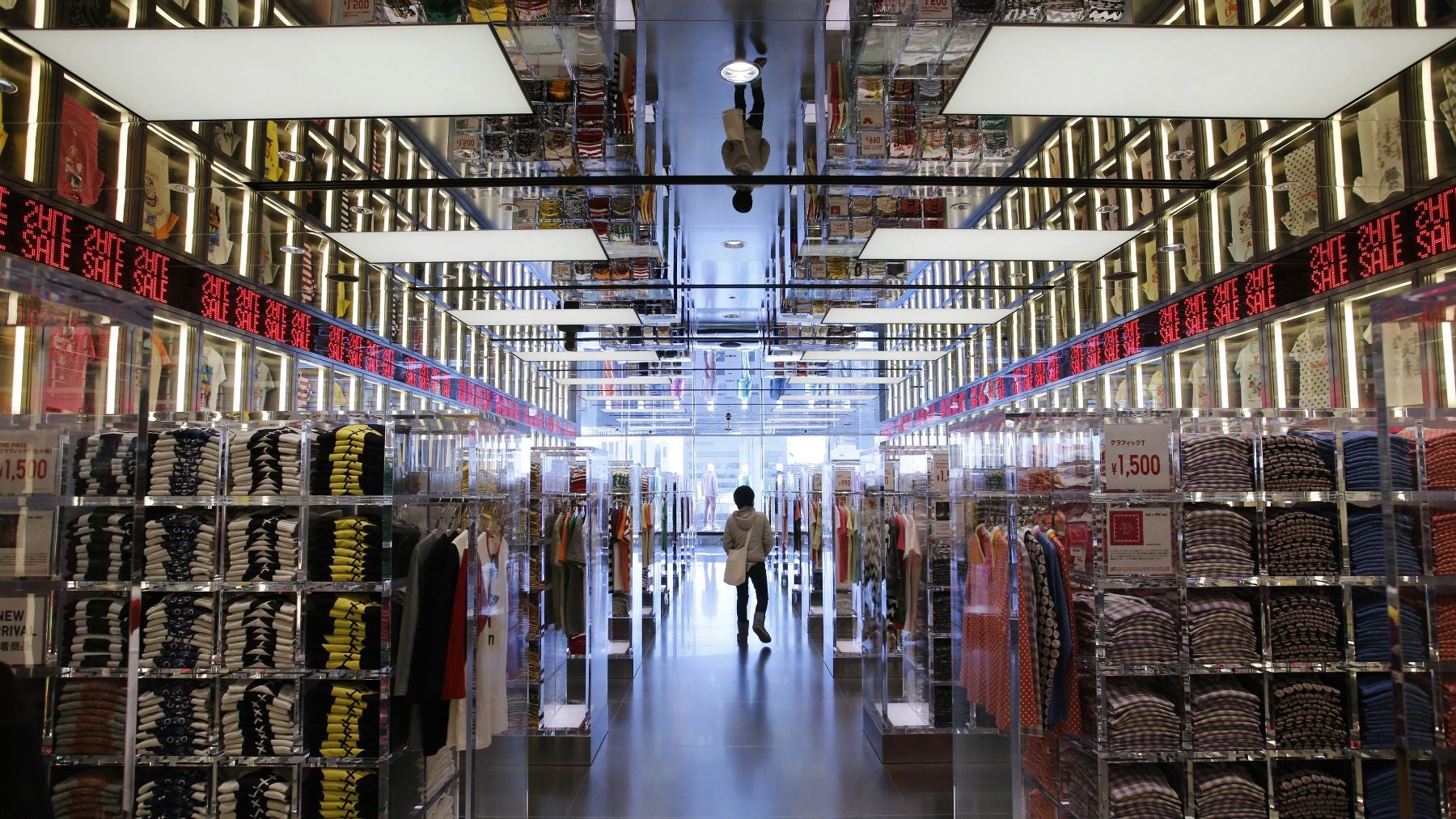Uniqlo, Gap and H&M are lining up to sell, but India is short on one critical element
India is an attractive market for international retailers with its growing middle class and hordes of affluent young people conversant with global fashion trends.


India is an attractive market for international retailers with its growing middle class and hordes of affluent young people conversant with global fashion trends.
But as retailers ranging from Japan’s Uniqlo to GAP, H&M and Abercrombie & Fitch are knocking on India’s doors, a key inadequacy in the country’s infrastructure is about to get highlighted—availability of quality retail space.
It is going to be a problem for everyone, but particularly so for Japanese retail giant Uniqlo, which has big plans for India.
Shortly after prime minister Narendra Modi toured Japan, Uniqlo reportedly expressed its interest to open 100 retail outlets across India; Tadashi Yanai, Uniqlo’s chairman and CEO, has already met Modi twice this year.
The investment could go past the Rs10, 500 crore ($1.73 billion) that Swedish retailer IKEA has planned, newspaper reports suggested. That’ll make it the biggest foreign entry in the single-brand retail space.
Typically, Uniqlo prefers opening large-format stores that are more than 17,000 square feet in area. “Since 2004, Uniqlo has changed its new store strategy to emphasize large-format stores with sales floor space of 1,600 square meters (17,222 sq.ft) or more,” a company fact-sheet explains.
“The company’s focus has been on creating large flagship stores in key, high-profile locations that enable it to showcase the brand in a bold way,” says Wendy Liebmann, CEO of WSL Strategic Retail, a New York-based retail consulting firm.
Uniqlo has often used such flagship stores to introduce itself in new markets, though it isn’t shy of opening smaller outlets later. Large-format outlets currently account 20% of their total stores, according to the company website. An email sent to the company querying its Indian plans went unanswered.
But replicating that strategy in India will be tricky. Because while the commercial realty sector has somewhat recovered after the slowdown, finding large enough stores in quality locations is tough.
“Even after the steady growth in supply of organized retail space over the past ten years, however, retailers of the size of Ikea often find it challenging to secure space in a prime mall in any of these cities,” a June 2014 report by CBRE Global Research and Consulting explains. “This is essentially because the majority of retail space developed in India to date lags behind global standards, and does not provide the quality, ambience, design, services or post-construction maintenance that global retailers are accustomed to.”
The result is that out of over 300 malls in India, only a handful meet these standards. “The total size of these successful malls is just 4–5 million square feet,” the report adds.
With international brands—GAP, H&M, Abercrombie & Fitch, among others—lining up, the “limited availability of quality retail space in core locations”, another 2014 report suggests, could turn out to be the biggest entry barrier.
“Very large stores are bound to find it difficult to get the real estate of their choice,” in big cities, says Pankaj Kapoor, managing director of Liases Foras, a real estate consultancy. “Sometimes there is space but the surrounding location is not good.”